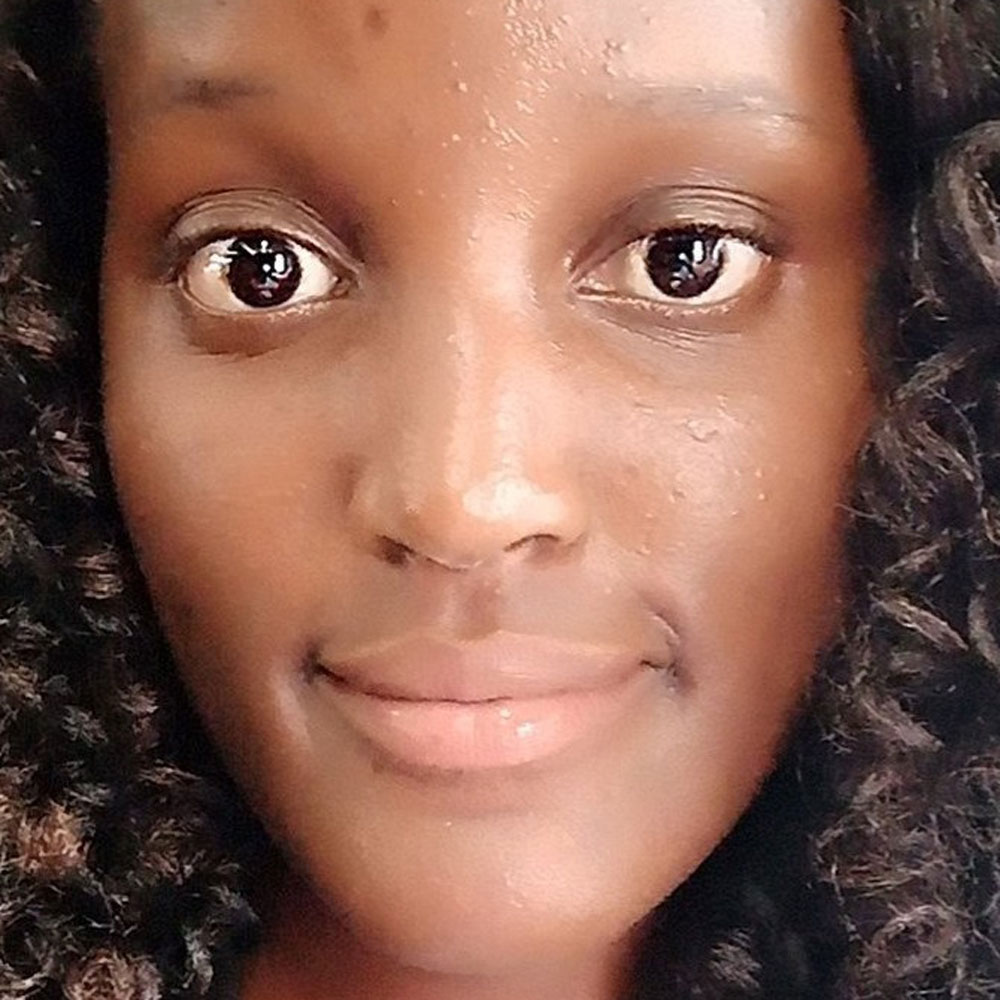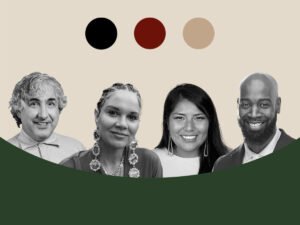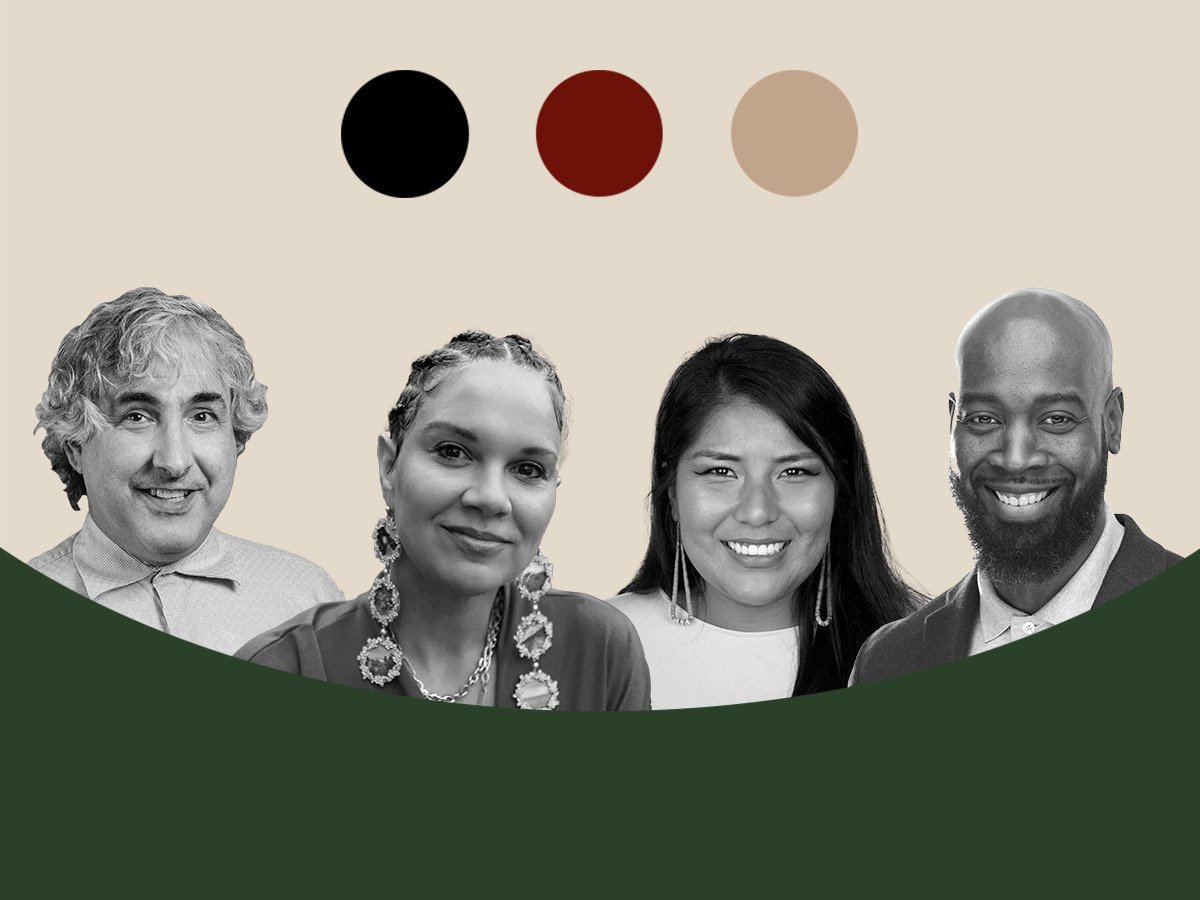
January 27, 2020; Associated Press
Associated Press (AP) News Service’s executive director and senior vice president Sally Buzbee issued an apology after the service distributed an image featuring four white climate activists from last month’s World Economic Forum in Davos. Why? Well, because in the original photo there were actually five climate activists, one of whom, Ugandan activist Vanessa Nakate, was literally left out of the picture.
Apparently, the photographer had cropped out Nakate to get a close up on Greta Thunberg and remove a “distracting” building behind Nakate. The problematic editing of the picture was compounded by the weak response from AP, which waited two days before taking the cropped shot out of circulation.
Sadly, it sometimes takes a major public blunder to shine a light on archaic systems and practices that should have been changed decades ago. The AP is the latest to experience a “soul-searching” moment on race, and it’s an opportunity for its leadership, along with those from other news outlets, to look closely in the mirror.
Research by Pew Research Center, the American Society of News Editors, and others have found that while newsrooms continue to be largely white and male, racial, ethnic and gender diversity is slowly growing. However, as the Pew Research findings show, most of the improvement can be seen among younger staff, while their older colleagues who hold most management positions remain homogenous. This positive trend needs to speed up, but it’s only one way that AP and the journalism industry as a whole need to take to confront and change white male-dominated culture, practices, and norms that continue today.
Sign up for our free newsletters
Subscribe to NPQ's newsletters to have our top stories delivered directly to your inbox.
By signing up, you agree to our privacy policy and terms of use, and to receive messages from NPQ and our partners.
For example, Markus Schreiber, the AP photographer who cropped the photo, might not have consciously intended to erase Nakate’s role as a climate activist (and in doing so perpetuating the underplaying and overlooking of leaders of color in global social justice movements). Imagine the ways that this could have been prevented. What if Schreiber and his fellow journalists and editors had the training and tools to view their day-to-day work and decision-making through a racial equity and justice lens?
Another example of where a racial justice lens, if applied, might alter journalist practice is the AP Stylebook, which many communicators and public relations (PR) professionals use as part of their organization’s style guides. AP continues to use lowercase for “black” when referring to Black culture or community of people and urges writers to use “African American” instead. A 2014 commentary on The New York Times by Temple University journalism Associate Professor Lori L. Tharps and others have offered nuanced explanations of why black is a color and Black refers to “a people, a race, a tribe.” AP had the opportunity to take the bold and necessary step to update its guidelines in time for last year’s ACES (American Copy Editors’ Society) national conference, but it seems that capitalizing “Black” didn’t even come up.
AP’s style guide is meant to serve the needs of a broad audience, even though, as lead editor Paula Froke writes, “Our first audience is journalists.” But as more journalists, especially journalists of color, come from underrepresented communities and occupy seats of power and decision-making, alongside other efforts to confront and change white-centered culture and systems in the media, one hopes that racial equity and justice lenses will begin permeating the structures and norms in our newsrooms.
In the meantime, nonprofit communications and PR professionals—most especially white managers and high-level executives—can choose to deliberately examine, confront, and change communications practices in their own organizations to disrupt the white-centered status quo. Strive to build a diverse PR team that values diversity, racial equity and justice, and inclusion in its culture and practices. Modify the application of the AP Stylebook to capitalize “Black” as a contribution to normalizing the practice, and push AP to do the same. Amplify the voices and inspiring stories of impact of leaders of color, especially women and gender-non-conforming people, people with disabilities, and others who are marginalized even in many conversations about social justice movements.—Yna Moore













